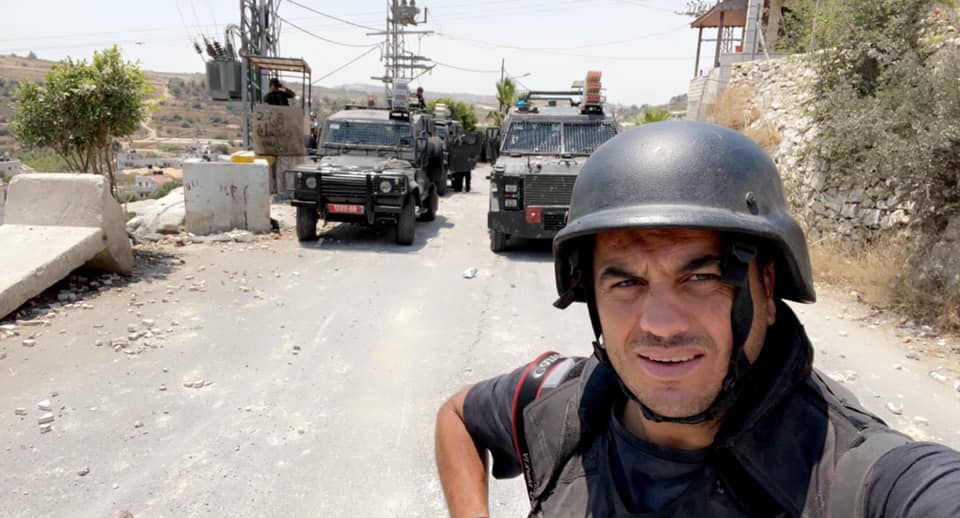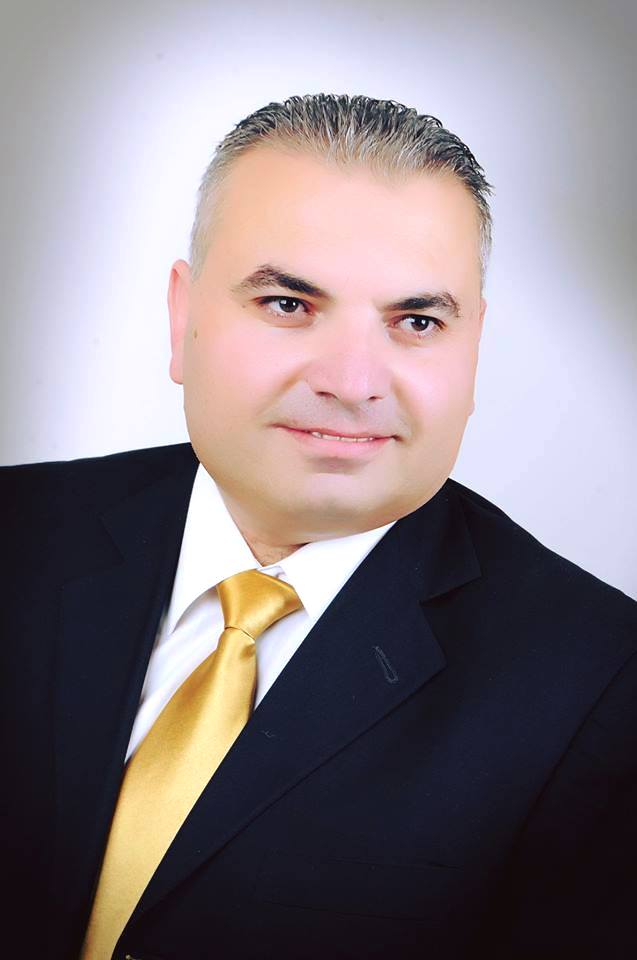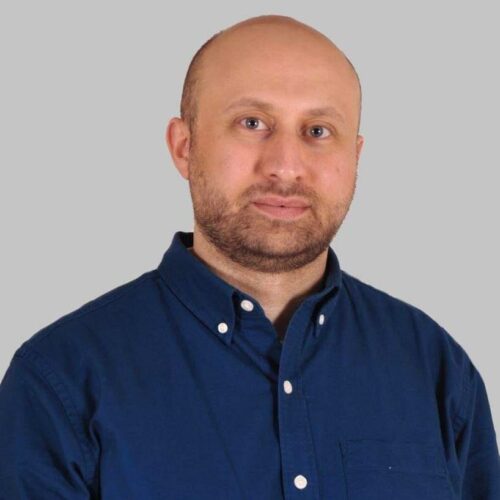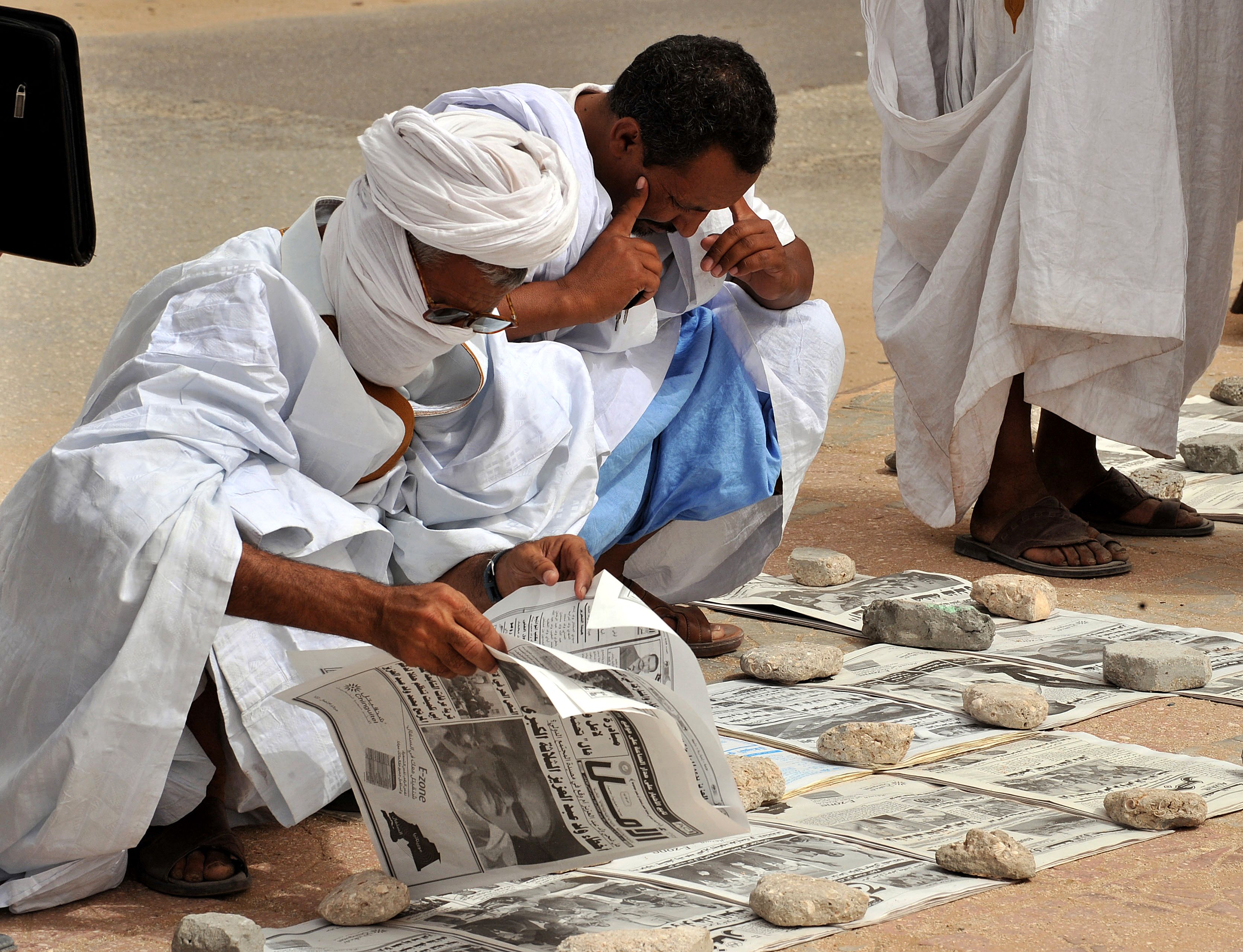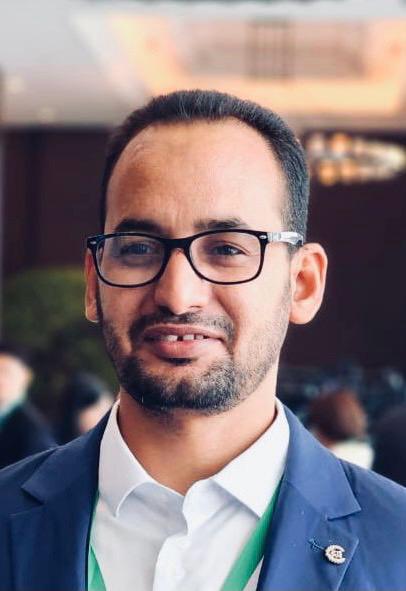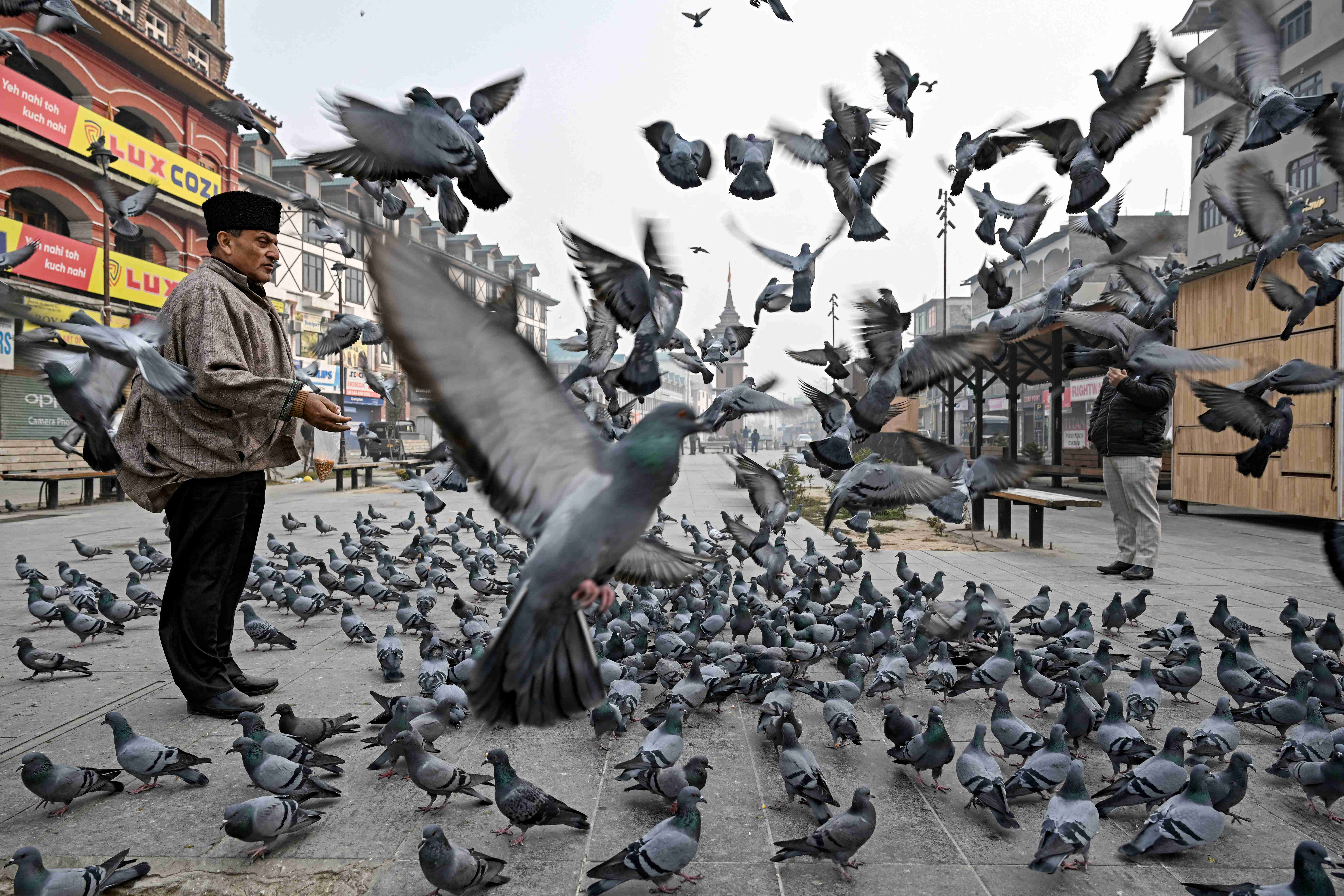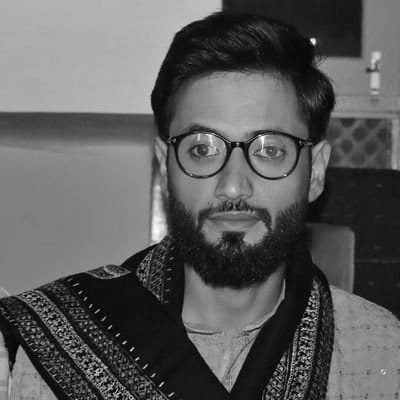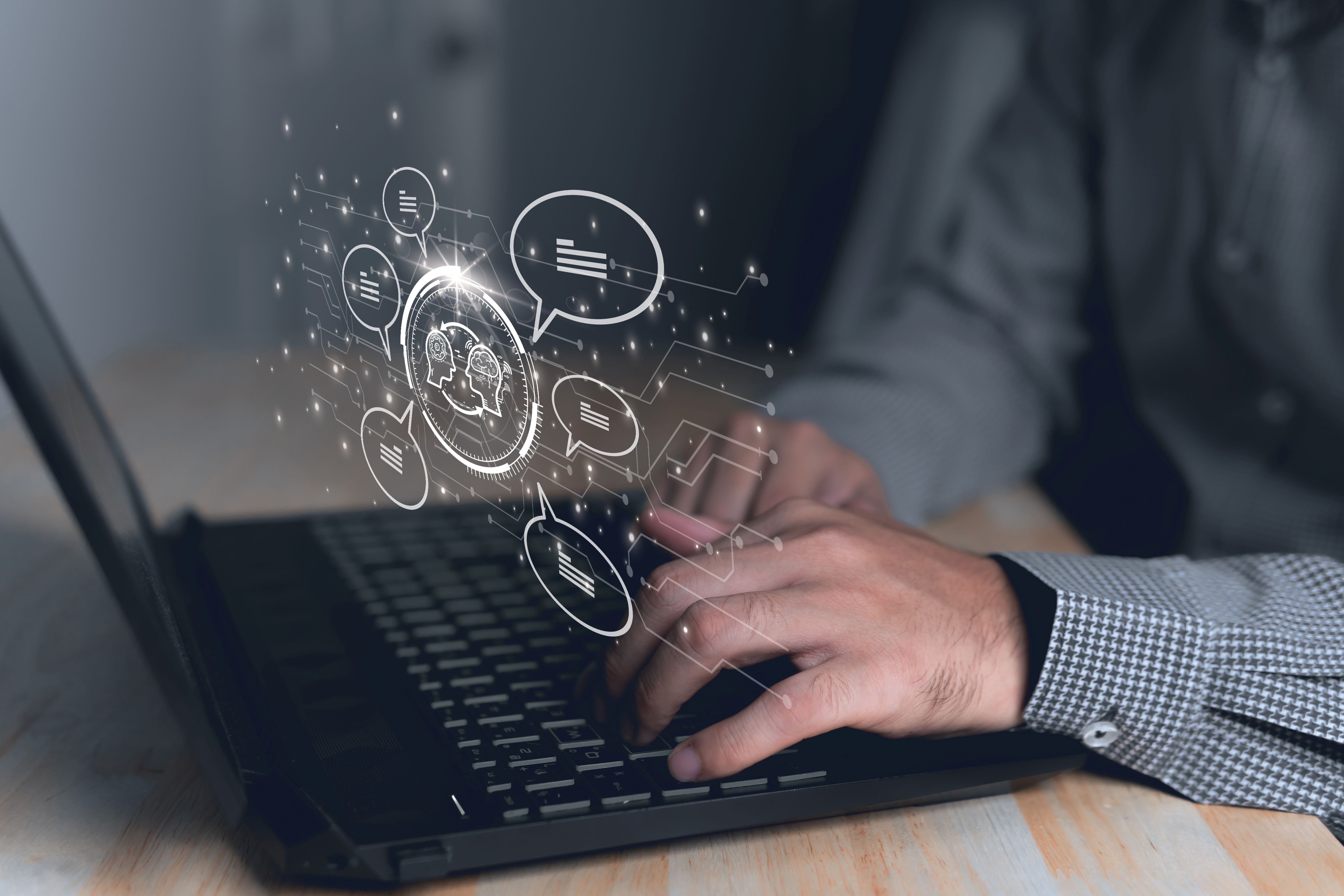ينشر المقال بالشراكة مع شبكة أريج
"كنت مغامراً ومندفعاً نحو التغطية الإعلامية في الميدان دون الاكتراث بالمخاطر التي تواجهني، لكنني دفعت ثمناً غالياً عندما استهدفني قناص إسرائيلي بإطلاق رصاصة اخترقت عيني واستقرت في رأسي، رغم أنني كنت أرتدي الخوذة والدرع المكتوب عليه كلمة "صحافة". هكذا لخص المصور الصحفي المستقل معاذ عمارنة (35 عاماً) من محافظة بيت لحم، تجربته في التغطية الإعلامية الميدانية في الأراضي الفلسطينية المحتلة.
فرغم التحاق معاذ بالعمل لصالح مؤسسة إعلامية محلية، وتزويده بمعدات ووسائل السلامة وتلقيه تدريبات على السلامة المهنية، فإن ذلك لم يحمِه من الإصابة، بل تحول هدفاً لقناص تعمد استهدافه وتعريض حياته لخطر الموت أثناء تغطية اعتداءات وقعت في قرية صوريف شمال غربي الخليل عام 2019.
ففي إطار محاولات سلطات الاحتلال احتواء تصاعد موجات المقاومة الشعبية الميدانية منذ عام 2015، عمدت القوات الإسرائيلية إلى إشراك وحدات من القناصة في مواجهة المحتجين الفلسطينيين، بما في ذلك الصحفيون الميدانيون في الضفة الغربية وقطاع غزة والقدس المحتلة. وما يؤشر على ذلك، وفق قول منسق برنامج سلامة الصحفيين في نقابة الصحفيين منتصر حمدان، مقتل كل من الصحفية شيرين أبو عاقلة والصحفي ياسر مرتجى والصحفي أحمد أبو حسين برصاص قناصة إسرائيليين.
وأضاف حمدان: "إدخال وحدات القنص في الخدمة لدى جيش الاحتلال الإسرائيلي في مواجهة الفلسطينيين، يجعل القنص هو التهديد الخطِر الأكثر فتكاً بالصحفيين العاملين في فلسطين، ويكشف عن تعمد قوات الاحتلال قتل الصحفيين، لا سيما أن القناص يعمل بتعليمات وينفذ أوامر عليا من قيادة الجيش، وجريمة قتل شيرين أبو عاقلة في جنين هي مثال على تعمد الاحتلال الإسرائيلي قتل الصحفيين عبر القنص".
ويضع هذا التطور سلوك المؤسسات الإعلامية وطريقة تعاملها مع الصحفي الميداني ومدى جديتها في توفير سبل الحماية والتدريب تحت المجهر، حيث اعتبر عمارنة، الذي يعمل صحفياً ميدانياً منذ 12 عاماً، أنه، وعلى الرغم من أن هناك وسائل إعلام محلية تمنع الصحفيين الميدانيين لديها من تغطية المواجهات ودخول المناطق الخطرة، لأنها بالكاد تستطيع أن توفر راتباً ضئيلاً لهم -"فكيف لها أن توفر وسائل حماية ثمنها يزيد على الراتب!"- فإن بعض وسائل الإعلام الأخرى تواصل الزج بالصحفيين في الميدان غير مكترثة بأهمية أدوات الحماية، "كل ما يهمهم هو التقاط الصورة، بغض النظر عن سلامة الصحفي الميداني".
المصور الصحفي عبد المحسن شلالدة (29 عاماً) من محافظة الخليل، لم يتلقَّ أي تدريبات على سبل السلامة المهنية، لأنها وفق قوله لن تحدث فرقاً في حالته، "أنا غير مستجدّ، ولدي الخبرة اللازمة للتعامل مع المخاطر الميدانية بحكم التجربة". وكان شلالدة أصيب برصاصة مطاطية في اليد أثناء تغطيته المواجهات التي جرت في مارس/آذار 2022 بمنطقة باب الزاوية وسط مدينة الخليل.
كما أصيب في فبراير (شباط) 2020 برصاصة مطاطية في الرأس عقب انتهاء تغطيته مسيرة في منطقة رأس الجورة في الخليل.
رغم أن الاتحاد الدولي للصحفيين ونقابة الصحفيين الفلسطينيين دربا خلال الأعوام العشرة الماضية أكثر من 200 صحفي في الضفة الغربية، وأكثر من 2000 من الطلاب في السنة الرابعة في الجامعات، ما بين 2016-2018، حسب المدربة المعتمدة من الاتحاد الدولي للصحفيين في مجال السلامة المهنية ريما الجمرة، فإن هناك الكثير من الصحفيين الذين لم يتلقوا مثل هذه الدورات ويتعرضون للإصابة والخطر المباشر، "وسائل الإعلام الأجنبية تفوقت بمراحل على الإعلام المحلي، لأنه لا يتم تشغيل الطواقم الميدانية إلا إذا تم أخذ تدريبات كثيرة متقدمة".
صحيح أن التدريبات قد لا تمنع الإصابة، لكنها في ظل تنامي خطر القنص، قد تقلل من خطر الموت، خاصة إذا تلقى الصحفي تدريبات عملية، كما في حالة المصور الصحفي عصام الريماوي،
الذي يعمل لصالح مواقع محلية ووكالات أجنبية، حيث تلقى خلال الـ13 عاماً الماضية 4 دورات سلامة مهنية، أبرزها كانت عبر وكالة الأناضول التركية، "دورة أنقرة أقيمت في معسكر تدريبي، 80% منها كان عملياً.. كنا نرتدي وسائل الحماية، ويتم رشنا بالماء والغاز وإطلاق الكرات الملونة (البينبول) باتجاهنا على أنها رصاص".
ويتابع الريماوي: "كان التركيز على أهمية العمل بشكل جماعي كي لا يتم الاستفراد بنا، وتحديد وتقييم المخاطر في المواجهات". وأضاف: "تعرفنا على كيفية التصرف حيال قمع الشرطة في المواجهات الداخلية، وكيفية التعامل مع الجندي وفهم نفسيته، بشكل يساعد في كيفية التعامل معه حتى لا تقع في مواجهة معه".
وحول انعكاس ذلك على عمل الريماوي اليومي، يقول: "بينت لنا التدريبات مخاطر ميدانية سبق أن مررنا بها، لم نكن مدركين لخطورتها أثناء عملنا الميداني، وأبرزت أهمية تفحص كل ما يحيط بنا لنتمكن من تحديد المخاطر بشكل يساعد على مواجهتها، ورغم أن عدم قدرة المؤسسات الإعلامية المحلية على تحمل مسؤولية العاملين في حال أصيبوا أو تعرضوا للخطر يدفعها لعدم إجبارهم على النزول إلى الميدان، فإنه يجب إلزامها بتوفير، ولو الحد الأدنى، من أدوات السلامة المهنية".
مديرة المراسلين في تلفزيون فلسطين ميساء الأحمد قالت إن مؤسستها "تمنع أي مراسل من دخول الميدان دون أن يكون مرتدياً معدات السلامة المتوفرة، مع الحرص على عقد دورات التدريب بشكل دوري، وإلحاق المراسل الميداني بها خلال فترة عمله، ونحاول أن يكون ذلك في وقت قريب، علماً أن مكاتبنا مؤهلة بمراسلين قادرين على التعامل مع الحدث بحكم الخبرة الممتدة لسنوات".
أما مدير عام وكالة جي ميديا للإعلام علاء الريماوي، الذي يعمل منذ اثنتي عشرة سنة مراسلاً ومصوراً ميدانياً فيؤكد أن: "معظم الطاقم تقريباً أصيبوا أثناء تغطية الاعتداءات، والصحفيون الميدانيون لدينا غير معزولين عن سياقات المهنة، وصيغ التغطية متعارف عليها، فقد سبق أن عملوا في إحدى الفضائيات العربية، وسبق أن تلقوا تدريبات عملية حول السلامة المهنية، وتجربتهم ينقلونها للزملاء الجدد، وتعليماتنا الدائمة بأن يرافق الزملاءُ الجدد القدماء في التغطية، وأن يسيروا مع جموع الصحفيين، وعدم الانفراد في مسألة التغطية، وأن يكونوا خلف الجيش وليس خلف المتظاهرين".
"المشكلة التي تواجهنا كمؤسسات إعلامية محلية، في ظل التدني الواضح للإنتاجية الإعلامية"، يتابع الريماوي: "إننا نصبح أمام تساؤلات كبيرة ومرهقة بين الحماية وتوفير الراتب ودفع المستحقات".
وحول دور النقابة في توفير معدات السلامة أو إلزام المؤسسات الإعلامية بذلك، قال نائب رئيس الاتحاد الدولي للصحفيين، نقيب الصحفيين الفلسطينيين، ناصر أبو بكر: "سبق أن طالبنا الصحفيين أنفسهم بألا ينزلوا إلى الميدان حتى لو تلقوا أوامر وقرارات بذلك من مؤسساتهم، إلا عندما توفر لهم معدات السلامة المهنية. أما فئة الصحفيين المستقلين، فمن واقع مسؤوليتنا، وبالتعاون مع اليونسكو، فقد وفرنا معدات سلامة مهنية لعدد بسيط منهم. أما إلزام المؤسسات الإعلامية بذلك، فنحن نمارس السلطة الأدبية عليها، لأنه بصراحة حتى الآن لا نتوفر على قانون ملزم بذلك، حيث نجري منذ عدة أشهر مفاوضات مع وزارة العمل لتوقيع اتفاق بشأن وضع نظام عمل للمؤسسات الإعلامية الفلسطينية الخاصة، مرتبط بحقوق وسلامة وحماية الصحفيين وتأمين حياتهم".
وحول أسباب غياب التدريبات العملية، قالت ريما الجمرة: "اقترحنا أن تكون الدورات القادمة ميدانية، لكن ندرة الإمكانيات هي التي تعيق هذه الفكرة، لأن تدريبات من هذا النوع رهينة بحصول النقابة على دعم من مؤسسات دولية".
من المعلوم أن نقابة الصحفيين الفلسطينيين، كما يقول أبو بكر، وثقت منذ العام 2013 وحتى النصف الأول من 2022 أكثر من 7400 اعتداء وجريمة بحق الصحفيين، منهم 55 شهيدا. ويضيف أبو بكر أنه "لا يوجد أي صحفي ميداني لم يصب بسبب اعتداءات قوات الاحتلال، فهو إما ضرب أو اعتقل أو تعرض للغاز أو الرصاص الحي أو المطاطي أو لقنبلة صوتية، ولدينا حالات لصحفيين أصيبوا مرات عدة، بل وعشرات المرات". وتجدر الإشارة إلى أنه وفقاً لدراسة نشرتها منظمة "التيارات المضادة" Countercurrents الأمريكية، فقد احتلت إسرائيل المرتبة الأولى عالمياً في قتل الصحفيين وانتهاك حقوقهم وملاحقتهم".
وسبق لمؤسسة "مراسلون بلا حدود" أن قامت بتوثيق اعتداءات جيش الاحتلال ضد 144 صحفيا فلسطينياً وأجنبياً خلال الأعوام الأربعة الأخيرة، كما أكدت لجنة دعم الصحفيين وقوع 653 انتهاكاً ضد الإعلاميين الفلسطينيين في عام 2021 وحده.
وحسب وزارة الإعلام، يبلغ عدد الصحفيين الفلسطينيين العاملين لدى مختلف وسائل الإعلام الدولية والمحلية، الحاصلين على بطاقات سارية المفعول خلال العامين المنصرمين 290 صحفيا، ما بين مصور ومنتج ومراسل، كما أن عدد المؤسسات الإعلامية المحلية على اختلاف أنواعها (ما بين شركات إنتاج ووكالات أنباء ومكاتب صحفية وإعلامية وجرائد ومجلات ومحطات إذاعية وتلفزيونية)، قد زاد على 160.
ويقول منتصر حمدان: "نحرص على تدريب الصحفيين في مجال السلامة المهنية، لكن حينما تتخذ قرارات بقتل الصحفيين، فإن هذه التدريبات لن تمثل ضمانات لنجاة الصحفيين من جرائم مثل جريمة القنص".
ورغم أن القنص بات يشكل التهديد الأخطر والأبرز للصحفيين الميدانيين الفلسطينيين، فإن الحاجة لتطوير برامج التدريب ليتركز جزء منها على كيفية التعامل مع القناص الإسرائيلي أصبحت ملحة. وفي هذه الأثناء، يواصل كل من عصام الريماوي، ومعاذ عمارنة، وعبد المحسن شلالدة، وكثيرون غيرهم من المخضرمين من ذوي الخبرة وحتى من الخريجين، عملهم اليومي الميداني لتغطية آخر تطورات المشهد الفلسطيني، والاعتداءات اليومية للجيش الإسرائيلي في غياب كثير من وسائل الحماية والتدريبات اللازمة التي قد تحدث فرقاً بين الموت والحياة، فالسعي خلف الحدث للصحفي هو قوت يومه، بالإضافة إلى كونه واجباً في مهنة انخرطوا فيها مؤمنين بضرورة نقل الصورة والكلمة مهما كان الثمن، مع حماية وتدريبات ومعدات واقية أو من دونها.
